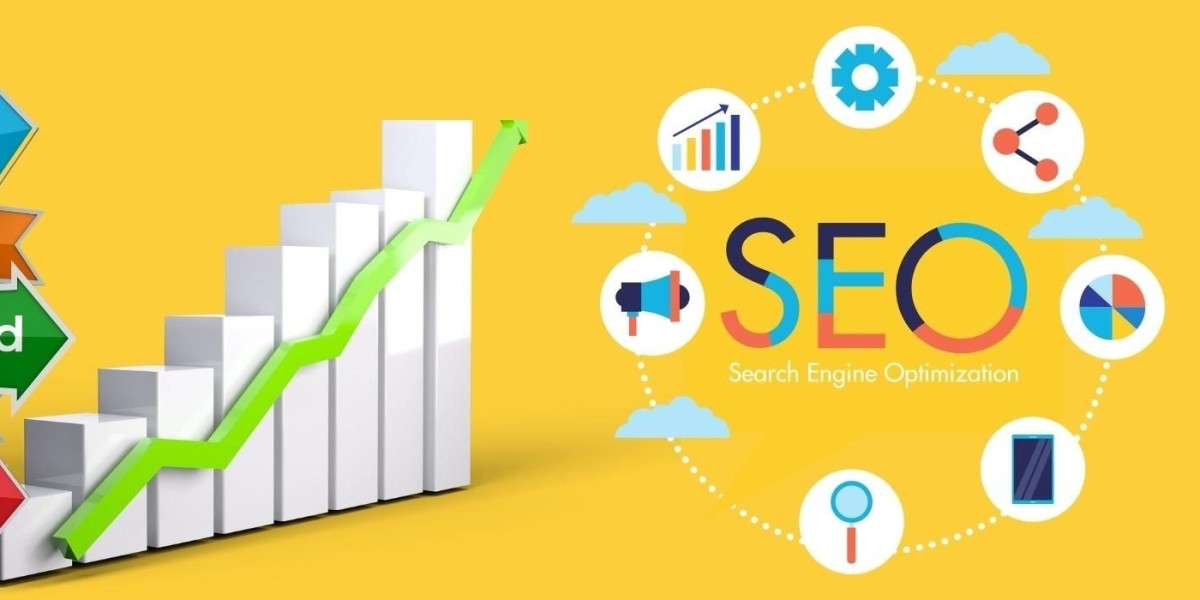In today’s digital age, local digital marketing is a powerful tool for businesses of all sizes, helping them connect with nearby audiences, boost visibility, and drive sales. As consumers increasingly rely on online searches to discover local businesses, an effective digital strategy that focuses on your local area is essential. This article explores the benefits of local digital marketing, various strategies for success, and tips for implementing these practices in your business.
1. Understanding Local Digital Marketing
Local digital marketing targets customers in a specific geographical area. It combines various online tactics—like local SEO, social media, email marketing, and online advertising—that help drive traffic, leads, and sales from people in your business’s vicinity. Unlike broader digital marketing efforts, which may have a global reach, local digital marketing narrows the focus to a specific town, city, or region, making it easier to connect with potential customers who are most likely to visit your store or use your services.
Key Components of Local Digital Marketing:
- Local SEO (Search Engine Optimization): Optimizing your website to appear in local search results and map listings.
- Social Media Marketing: Engaging with the local community through platforms like Facebook, Instagram, and Twitter.
- Google My Business (GMB): A free tool that lets businesses manage their online presence across Google, including Search and Maps.
- Online Advertising: Running geo-targeted ads on search engines and social media to reach nearby audiences.
- Content Marketing: Creating blog posts, videos, and other content that resonates with local customers.
2. Why Local Digital Marketing Matters
With 46% of Google searches focused on local information, it’s clear that customers are actively searching for businesses near them. Here’s how local digital marketing can make a difference:
- Higher Visibility: By appearing in local search results and Google Maps, your business is more likely to be noticed by people looking for services you offer in your area.
- Enhanced Credibility: Google My Business and positive online reviews enhance your brand’s credibility, making it easier for potential customers to trust your business.
- Cost-Effectiveness: Local marketing efforts are often more affordable than global campaigns, offering a high ROI since they target consumers most likely to become loyal customers.
- Competitive Edge: Local digital marketing can help you compete with bigger companies by allowing you to target niche audiences in your community effectively.
3. Key Benefits of Local Digital Marketing
Here are some of the significant benefits of implementing local digital marketing for your business:
a. Improved Online Visibility
Effective local SEO and a well-optimized Google My Business profile can significantly boost your business's visibility. When customers search for relevant services or products in your area, appearing in local search results or on Google Maps can make it easy for them to find you.
b. Increased Foot Traffic
For example, targeting nearby customers through social media ads or search engine ads can direct them to visit your store and experience your offerings firsthand.
c. Building Trust and Community Engagement
Customers are more likely to engage with businesses that they feel are part of their community. By creating locally relevant content, sharing community news, and responding to local events, your business can strengthen ties within the area and build trust with customers.
d. Higher Conversion Rates
When potential customers are already looking for businesses like yours, they’re more likely to convert. By targeting local audiences who have high purchase intent, you can enjoy higher conversion rates than you would with broader, untargeted marketing campaigns.
4. Local Digital Marketing Strategies
To leverage the full potential of local SEO optimization , consider implementing the following strategies:
a. Optimize for Local SEO
Local SEO is vital for helping your business appear in “near me” searches and local map packs. Here’s how to optimize for local search results:
- Keyword Research: Identify location-specific keywords that your customers may use, like “best coffee shop in [city]” or “plumbers near me.”
- On-Page SEO: Include location-based keywords in your titles, meta descriptions, and content.
- NAP Consistency: Ensure that your business’s Name, Address, and Phone number (NAP) are consistent across your website and all online directories.
- Google My Business Profile: Create or claim your GMB profile and keep it up-to-date with accurate information, operating hours, and photos.
b. Utilize Google My Business (GMB)
Google My Business is a critical component of local digital marketing. An optimized GMB profile can help your business appear in local search results and on Google Maps, making it easier for customers to find you.
- Update Regularly: Keep your business hours, contact information, and address up-to-date.
- Encourage Reviews: Positive reviews improve your business’s credibility and local search ranking.
- Add Photos and Posts: Showcase your products, store layout, and events, and use posts to promote deals or updates.
c. Engage Locally on Social Media
Social media platforms allow you to interact with local audiences in real time. Tailor your social media strategy to target local customers by:
- Using Location Tags: Tag your business location in posts, especially on Instagram and Facebook.
- Creating Local Content: Share community events, local news, and partnerships with other local businesses.
- Running Geo-Targeted Ads: Use Facebook and Instagram’s location-targeting features to reach users within your area.
d. Run Geo-Targeted PPC Ads
Geo-targeted pay-per-click (PPC) ads allow you to reach local customers actively searching for services you offer. Platforms like Google Ads and Facebook allow you to narrow down your audience based on location, which increases the likelihood of attracting nearby customers.
- Google Ads: Use location-based keywords and target specific areas within your city or region.
- Social Media Ads: Set ad campaigns to appear in users’ feeds based on their location, interests, and demographics.
e. Create Localized Content
Content marketing is an excellent way to engage with your audience and boost your site’s SEO. By creating content that speaks to local interests, trends, or news, you can attract more local visitors to your website.
- Blog Posts: Write about local events, industry insights, or topics that would interest the community.
- Videos: Share customer testimonials, “day in the life” features, or local guides that add value to viewers.
- Infographics and Visuals: Make information easy to digest, and consider highlighting local statistics or fun facts.
5. Best Practices for Effective Local Digital Marketing
To ensure that your local digital marketing strategies yield results, consider these best practices:
a. Maintain Consistency Across Platforms
For effective local digital marketing, it’s essential to maintain a consistent NAP (Name, Address, Phone Number) across all online platforms and directories. Inconsistent information can confuse potential customers and hurt your local SEO ranking.
b. Prioritize Mobile Optimization
With most local searches conducted on mobile devices, it’s vital to ensure that your website is mobile-friendly. A mobile-optimized website will improve user experience and help retain potential customers who find you through mobile search.
c. Leverage Customer Reviews
Encourage customers to leave reviews on platforms like Google, Yelp, and Facebook. Positive reviews build your business’s credibility and trustworthiness, which are critical factors for local customers. Consider setting up an automated system to request reviews after each transaction.
d. Track and Adjust Campaigns
To maximize the success of your local digital marketing efforts, track your campaigns using tools like Google Analytics and Facebook Insights. Review metrics such as click-through rates, traffic sources, and conversion rates to gauge what’s working and adjust your campaigns accordingly.
6. Common Mistakes to Avoid in Local Digital Marketing
Even with a solid local SEO services plan, some common mistakes can hinder results. Here are a few pitfalls to avoid:
- Neglecting Google My Business: Ignoring or leaving your GMB profile incomplete can result in missed opportunities to connect with local customers.
- Ignoring Negative Reviews: Not addressing customer complaints online can damage your reputation. Take the time to respond to negative reviews professionally.
- Overlooking Competitors: Keep an eye on what other local businesses are doing in terms of digital marketing. Adopting best practices from successful competitors can provide inspiration and boost your marketing efforts.
- Failing to Adapt: The digital landscape is always changing, so it’s important to stay up-to-date with the latest trends and adapt your strategy to meet current demands.
Conclusion
Local digital marketing is a powerful way to reach nearby customers and enhance your business’s visibility, credibility, and conversion rates. By implementing local SEO, maintaining a Google My Business profile, creating locally relevant content, and engaging through social media, you can effectively connect with your local audience. Avoid common pitfalls, stay consistent, and adjust strategies based on analytics to ensure continued growth and success in your local market.



